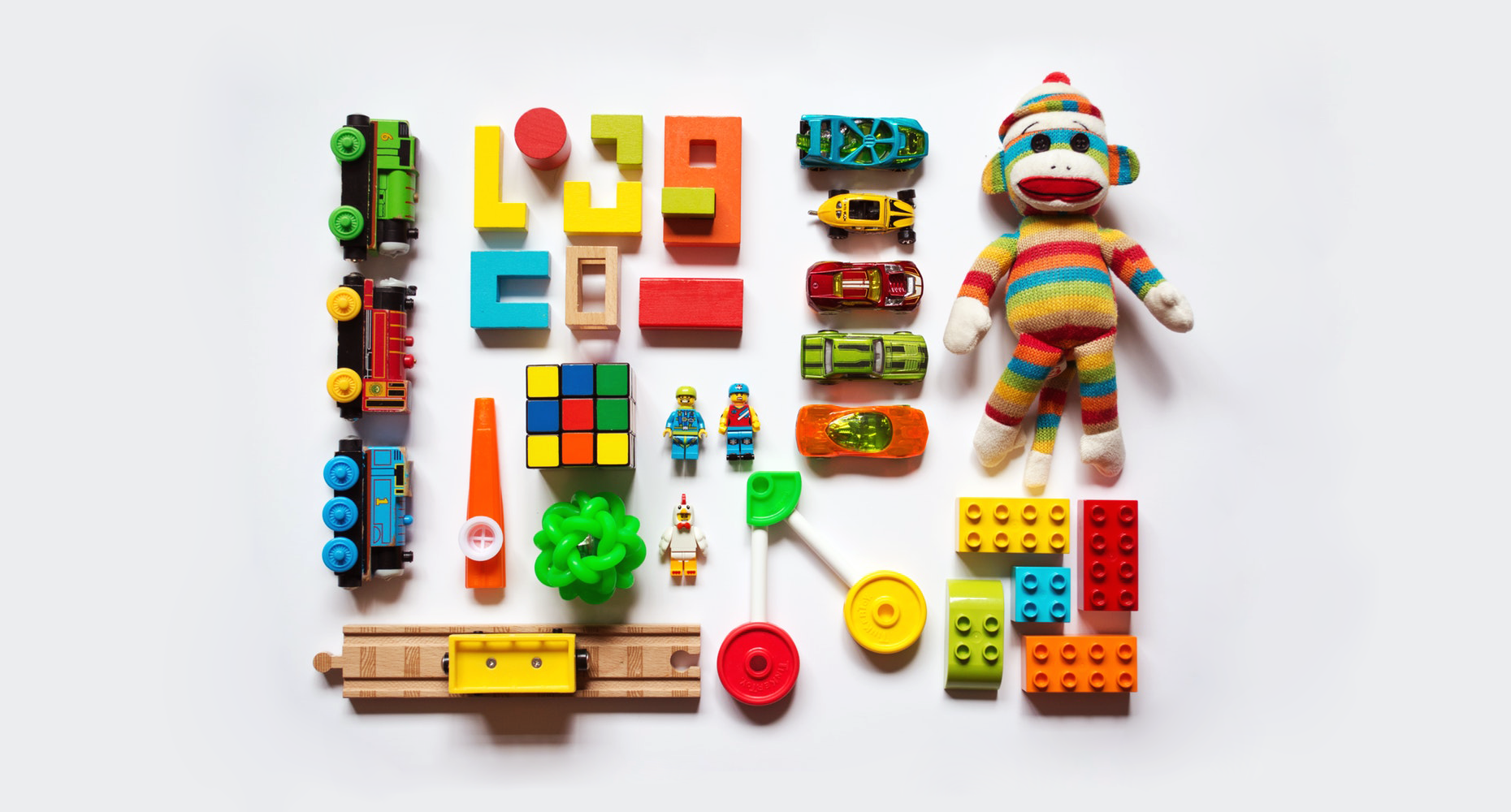How M&A brand strategy helped me in becoming a mom

I didn’t plan to become a mom.
My husband and I planned for our family. We planned for our daughter once we knew she was on her way. We read the books, took the classes, followed the instructions on how to set-up the crib. By the end of my pregnancy we were theoretical baby swaddling, onesie washing, bottle sterilizing machines. And while our skills were untested, we were as ready as we could be to care for our new baby.
But as prepared as I got for my daughter; I had no game plan for me.
Maxine entered the world at 6:44 a.m.
At 6:43 a.m., my primary personal brand was equal parts Jenna, wife, daughter, colleague, sister, and friend. One minute later, being ‘mom’ shattered my world steamrolling over everything else on its way to the scene.
Addressing what was happening to my sense of self never made it on my to do list of planning, and once she was here it was all just too overwhelming to deal with. On top of the challenges of breastfeeding and sleep deprivation, I sat in the complexity and confusion that comes with simultaneously mourning your old life while welcoming your new one. At the time I wasn’t ready to strategize how to get through it, so, like my favorite yoga pants, I just lived in it.
It wasn’t until I returned to work after maternity leave, got some sleep, a shower, and some semblance of my previous life back that I all dawned on me – I had just gone through my very own M&A.
I’m entirely aware that this may be the sole instance in which motherhood and M&A are mentioned in one breath (a Google search offers only one other example of an M&A lawyer who discusses motherhood and multitasking). However, for me and my experience with brand during this period, it was the most relevant explanation for what I was going through. Once my daughter arrived, I found myself asking similar questions to what a CEO would pose during a merger: Who are we now? How do we look? How do we act? Granted, it was all the more confusing replacing ‘we’ with ‘me,’ but the premise was the same, “If company ‘me’ acquired company ‘mom,’ how would I advise them when it came to their brand?”
Firstly, I would tell them to acknowledge the differences, but build from the similarities. For me that meant going back to my core values as a person. While the responsibilities of mom and pre-mom for me were different, my core values remained the same. Sure I was now spending a lot of time saying, “don’t put that in your month” – but it was still rooted in my sense of compassion. I understood Max’s curiosity, I saw her learning about the world and her own senses – but I also have the knowledge that rocks are not great for the digestive tract. Tying new actions back to what has always mattered was crucial for me in remembering that things weren’t all that different.
Secondly, don’t discount design. Symbols are powerful when it comes to signaling a new purpose, and look and feel can go a long way in communicating and unifying two separate entities. Full disclosure, this is undoubtedly the part that I’ve struggled with most. Before the baby, my uniform consisted of heeled-booties, skinny jeans paired with delicate (and sometimes vintage) shirts and sweaters. Immediately post-baby, I was all about those comfy sweats and messy top knot buns. I am still working on my new-me-mom style, but what I knew I couldn’t do was fall entirely into either camp – going back to the dry-clean style I had before, or adopting a comfort-only approach to my wardrobe – for me, neither would work. Now I work toward finding the right middle ground – a look that better delivers on my new sense of self, one that says ‘I am fashion-forward, but washable’ – but I am also giving it space to flex and evolve as I do as well.
Thirdly, it’s up to you to rally the troops. After my daughter was born, there were a lot of people around me. As I adopted my new mom brand, I realized that it was also a time of uncertainty for them. I couldn’t assume they knew what I was dealing with, what I was thinking or where I was headed. They wanted to be supportive and help however they could, but they were looking to me to take the lead and show them how best to be of service. Understanding and communicating my values, as best as I could (and believe me, this took time), allowed me to better understand my new brand and helped my friends and family know how best to support it.
So, it wasn’t entirely a one-for-one, but it gave me some structure during a time when I had lost a clear idea of who I was. It simultaneously wasn’t so structured that I could flex and evolve the way that I needed to once I became assured and established (or re-established) in any of the roles I played. Today I feel as though it’s been a successful merger, and while we are still working out some of the kinks, overall, I was made better and stronger for it.

